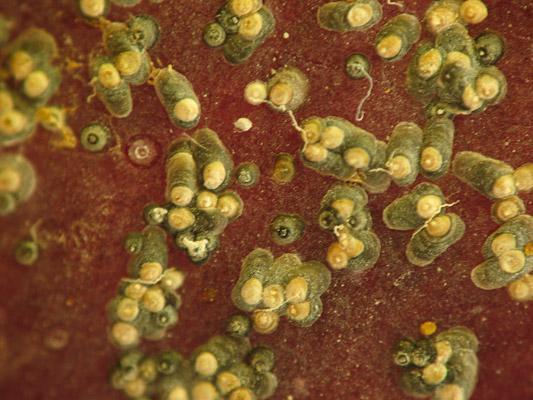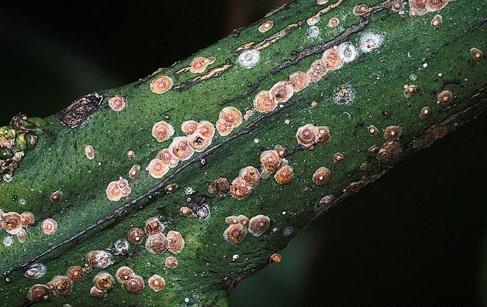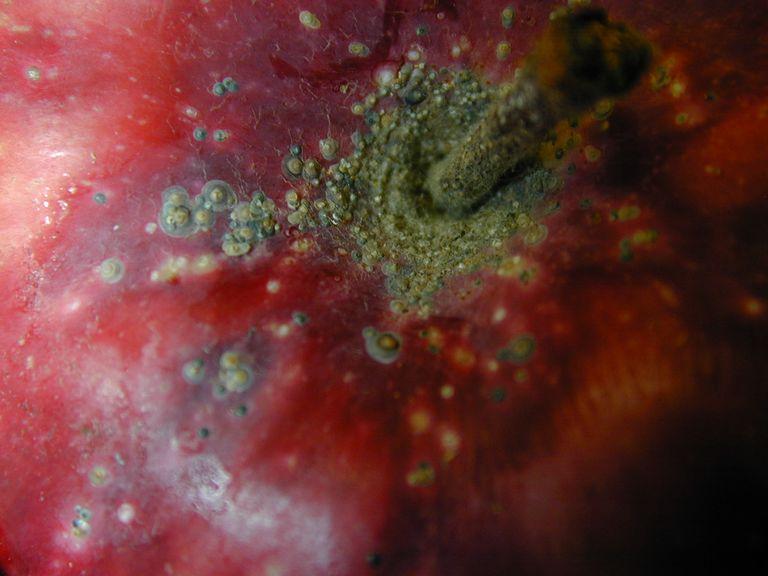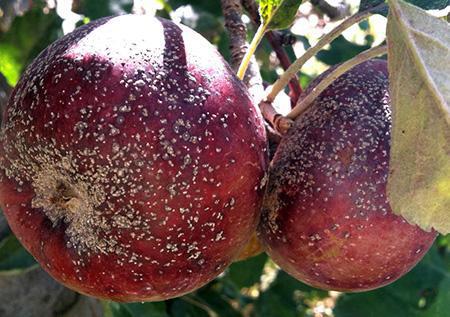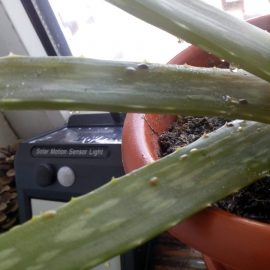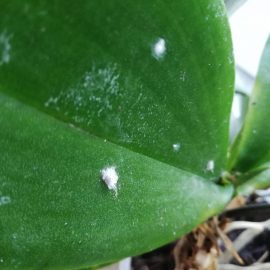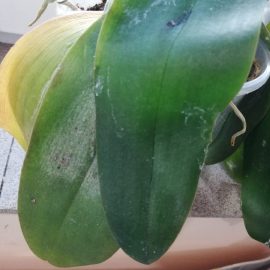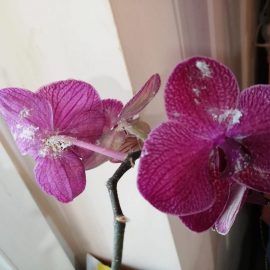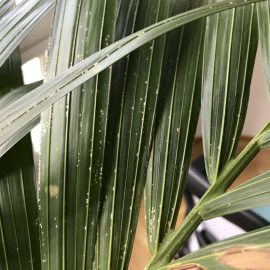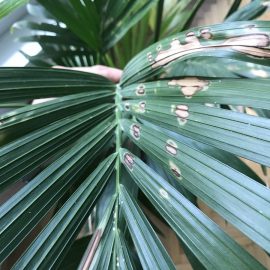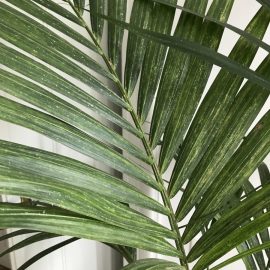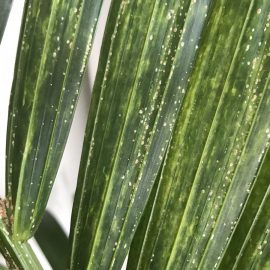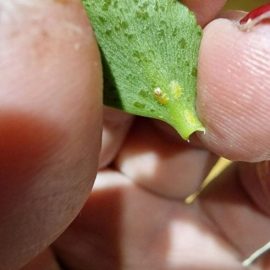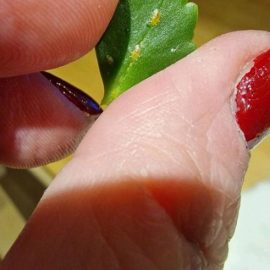San Jose scale (Quadraspidiotus perniciosus) – pest management
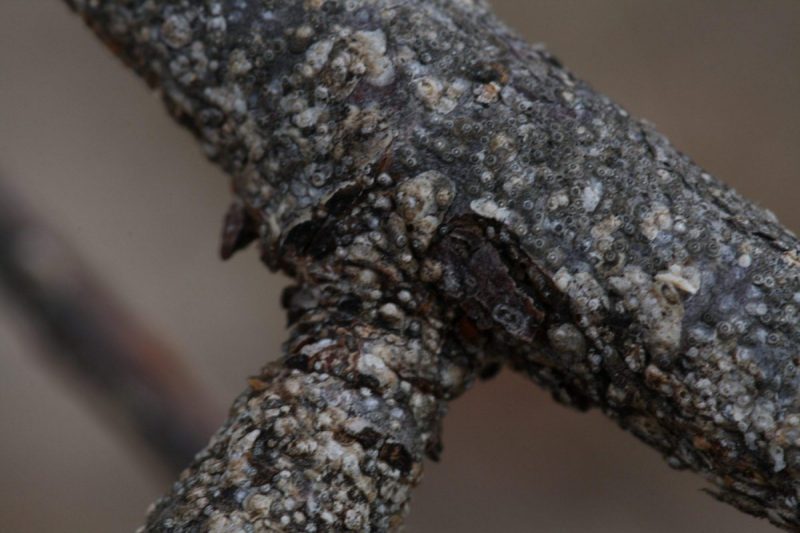
Prevalence. San Jose scale is a widespread species in North America (San Jose) and South America, then in Europe, Africa, Japan, etc.
Description. The adult (female) has a cordiform body, 0.8-1 mm long and colored in yellow, while the pygidium is orange. The shield that protects the female’s body has the shape of a circular disc, slightly convex, with a diameter of 1.6-2.3 mm, gray-brown, and centrally with a yellow-orange spot. The male has a body of 0.8-0.9 mm in length and it has the same color as the female. The first stage larva, in the first 24-48 hours is mobile, has an oval body, is 0.2-0.25 mm long, and colored in yellow-orange.
Biology and ecology. San Jose scale produces 1-3 generations per year and overwinters in the primary larval stage, on the bark of stems, branches, and shoots. In spring, when the temperature exceeds 7° C, the larvae resume their activity, feeding intensely. During April, they hatch and turn into adult insects of both sexes. At the end of June, after copulation, the females begin to push out the larvae, which lasts for 40-60 days. The larvae migrate to young stems and shoots. They reach full development after 3 weeks of feeding, molt, and become differentiated by gender.
Attacked plants and damages. The San Jose scale is a polyphagous species, found on over 200 species of host plants, fruit, and ornamental trees and shrubs. It prefers species such as apple, pear, plum, peach, apricot, cherry, sour cherry trees, etc. The attacked trees stagnate, dry out from the top and within a few years, they dry completely. Fruit production decreases greatly. The fruits from the attacked trees are small, spotted, and have a low commercial value.
Control. It is recommended to apply a treatment at the beginning of budding, with horticultural oil, followed by treatments during the vegetative growth period, with specific insecticides.
Recommended products
-
You can find products on a different store
Change Store -
You can find products on a different store
Change Store -
You can find products on a different store
Change Store -
You can find products on a different store
Change Store -
You can find products on a different store
Change Store -
You can find products on a different store
Change Store -
You can find products on a different store
Change Store -
You can find products on a different store
Change Store -
You can find products on a different store
Change Store -
You can find products on a different store
Change Store -
You can find products on a different store
Change Store -
You can find products on a different store
Change Store -
You can find products on a different store
Change Store -
You can find products on a different store
Change Store -
You can find products on a different store
Change Store -
You can find products on a different store
Change Store -
You can find products on a different store
Change Store -
You can find products on a different store
Change Store -
You can find products on a different store
Change Store -
You can find products on a different store
Change Store -
You can find products on a different store
Change Store -
You can find products on a different store
Change Store -
You can find products on a different store
Change Store -
You can find products on a different store
Change Store














































































































































































































































































































































































































































